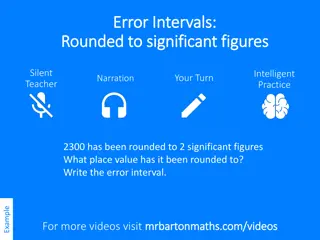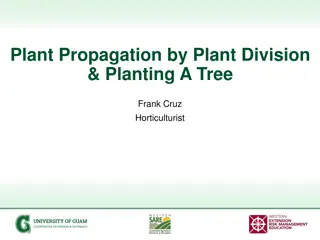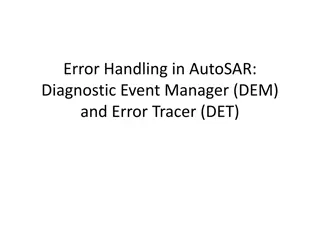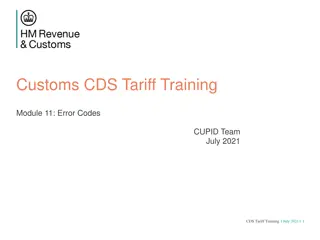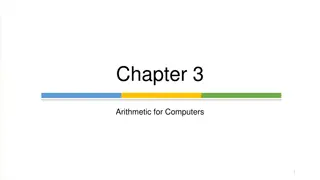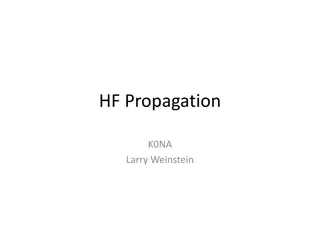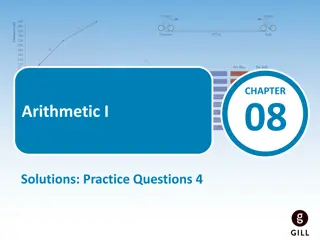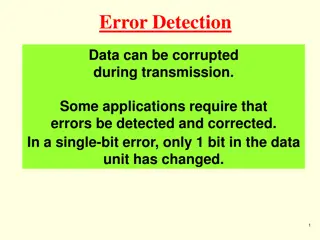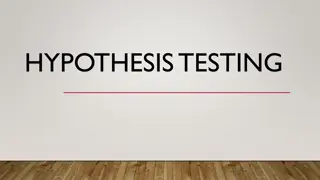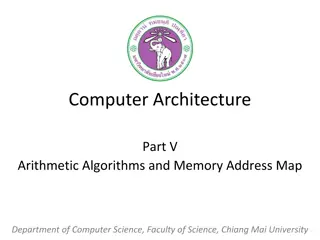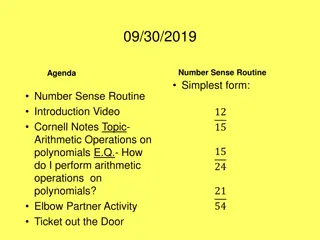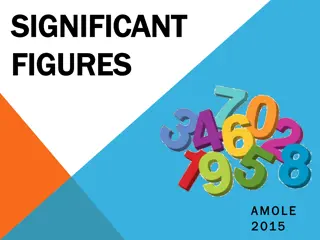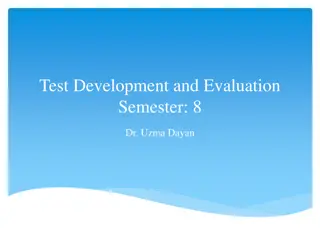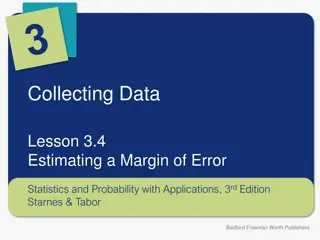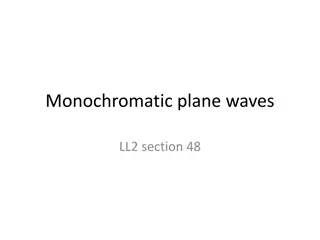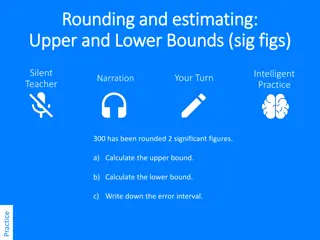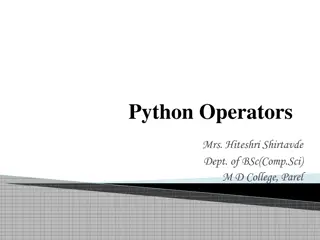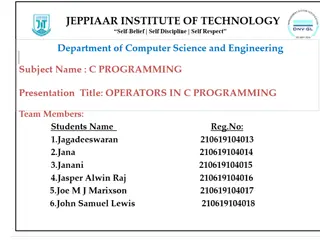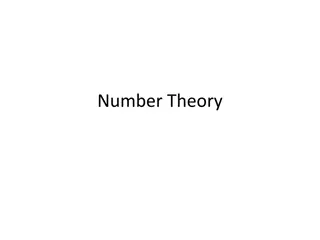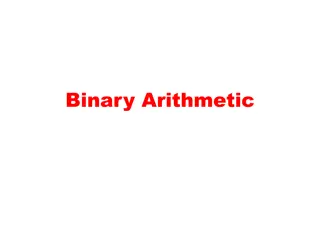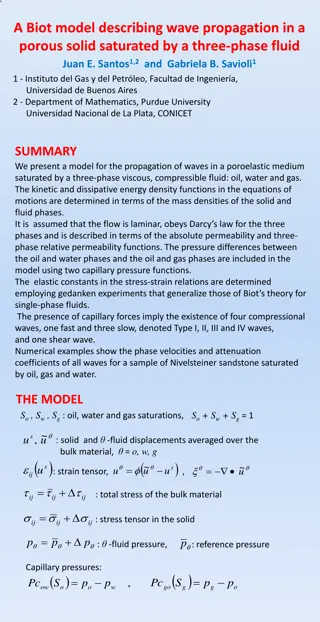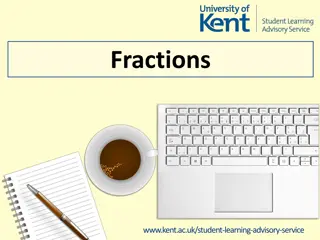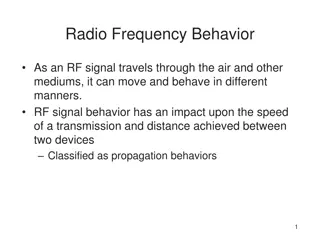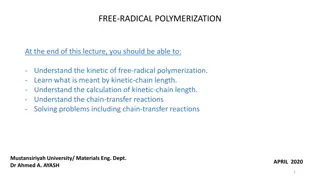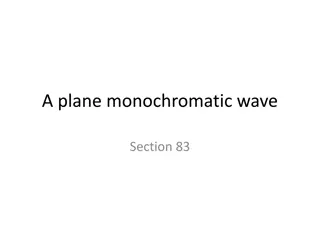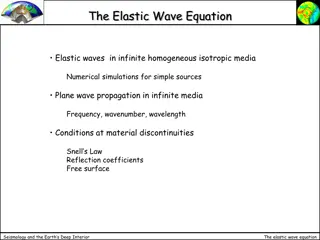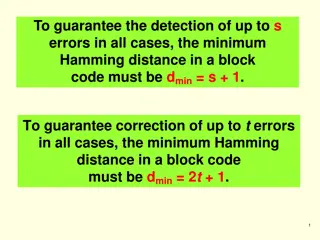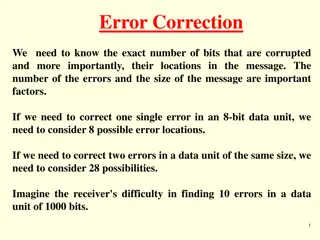Error Propagation and Significant Figures in Arithmetic Operations
Understanding how errors propagate in addition, subtraction, multiplication, division, and raising to power operations, along with the significance of significant figures and rules for arithmetic operations involving them. Significant figures play a crucial role in determining the precision of measured quantities, where reliable digits and uncertain digits are identified to gauge the accuracy of the measurement.
Download Presentation

Please find below an Image/Link to download the presentation.
The content on the website is provided AS IS for your information and personal use only. It may not be sold, licensed, or shared on other websites without obtaining consent from the author. Download presentation by click this link. If you encounter any issues during the download, it is possible that the publisher has removed the file from their server.
E N D
Presentation Transcript
Contents : Propagation and combination of errors in addition, substraction,multiplication,division & power raised to quantity. Significant figures and their rules. Rounding off of uncertain digit in significant figure. Rules for Arithmetic Operations with Significant Figures.
a) Combination of Error of a sum : Suppose two physical quantities A and B have measured values A A, B B respectively where A and B are their absolute errors. We wish to find the error Z in the sum Z = A + B. We have by addition, Z Z =(A A)+(B B ) The maximum possible error in Z is Z = ( A + B) Hence the rule : When two quantities are added,the absolute error in the final result is the sum of the absolute errors in the individual quantities.
Suppose two physical quantities A and B have measured values A A, B B respectively where A and B are their absolute errors. We wish to find the error Z in the difference Z = A - B. We have by subtraction, Z Z =(A A)-(B B ) Z Z = (A B) A B The maximum possible error in Z is Z = ( A + B) Hence the rule : When two quantities are subtracted, the absolute error in the final result is the sum of the absolute errors in the individual quantities.
Suppose Z = AB and the measured values of A and B are A A and B B. Then Z Z = (A A) (B B) = AB B A A B A B. Dividing LHS by Z and RHS by AB we have, 1 ( Z/Z) = 1 ( A/A) ( B/B) ( A/A)( B/B). Since A and B are small, we shall ignore their product. Hence the maximum relative error Z/ Z = ( A/A) + ( B/B). Hence the rule : When two quantities are multiplied or divided, the relative error in the result is the sum of the relative errors in the multipliers.
Suppose Z = A2, Then, Z/Z = ( A/A) + ( A/A) = 2 ( A/A). Hence, the relative error in A2is two times the error in A. In general, if Z = Ap Bq/Cr Then, Z/Z = p ( A/A) + q ( B/B) + r ( C/C). Hence the rule : The relative error in a physical quantity raised to the power k is the k times the relative error in the individual quantity.
In any measured quantity the reliable digits plus the first uncertain digit are known as significant digits or significant figures. For Ex. If we say the period of oscillation of a simple pendulum is 1.62 s, the digits 1 and 6 are reliable and certain, while the digit 2 is uncertain. More no. of significant figure means more precise that measured quantity.
Insignificant digit to be dropped is more than 5 Preceding digit is raised by 1. Ex. Number : 3.137 Result : 3.14 Insignificant digit to be dropped is less than 5 Preceding digit is left unchanged Ex. Number : 3.132 Result : 3.13 Insignificant digit to be dropped is equal to 5 If preceding digit is even, it is left unchanged. Ex. Number : 3.125 Result : 3.12 Insignificant digit to be dropped is equal to 5 If preceding digit is odd, it is raised by 1. Ex. Number : 3.135 Result : 3.14
In multiplication or division, the final result should retain as many significant figures as are there in the original number with the least significant figures. In the example given, density should be reported to three significant figures. Density =(4.237g/2.51 cm) = 1.69 gcm3 In addition or subtraction, the final result should retain as many decimal places as are there in the number with the least decimal places. For example, the sum of the numbers 436.32 g, 227.2 g and 0.301 g by mere arithmetic addition, is 663.821 g. But the least precise measurement (227.2 g) is correct to only one decimal place. The final result should, therefore, be rounded off to 663.8 g.
By: Govind Sharma PGT (Physics) AECS 4, Rawatbhata





